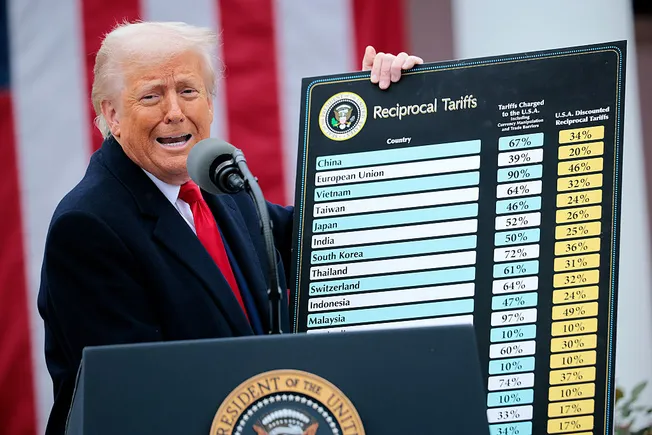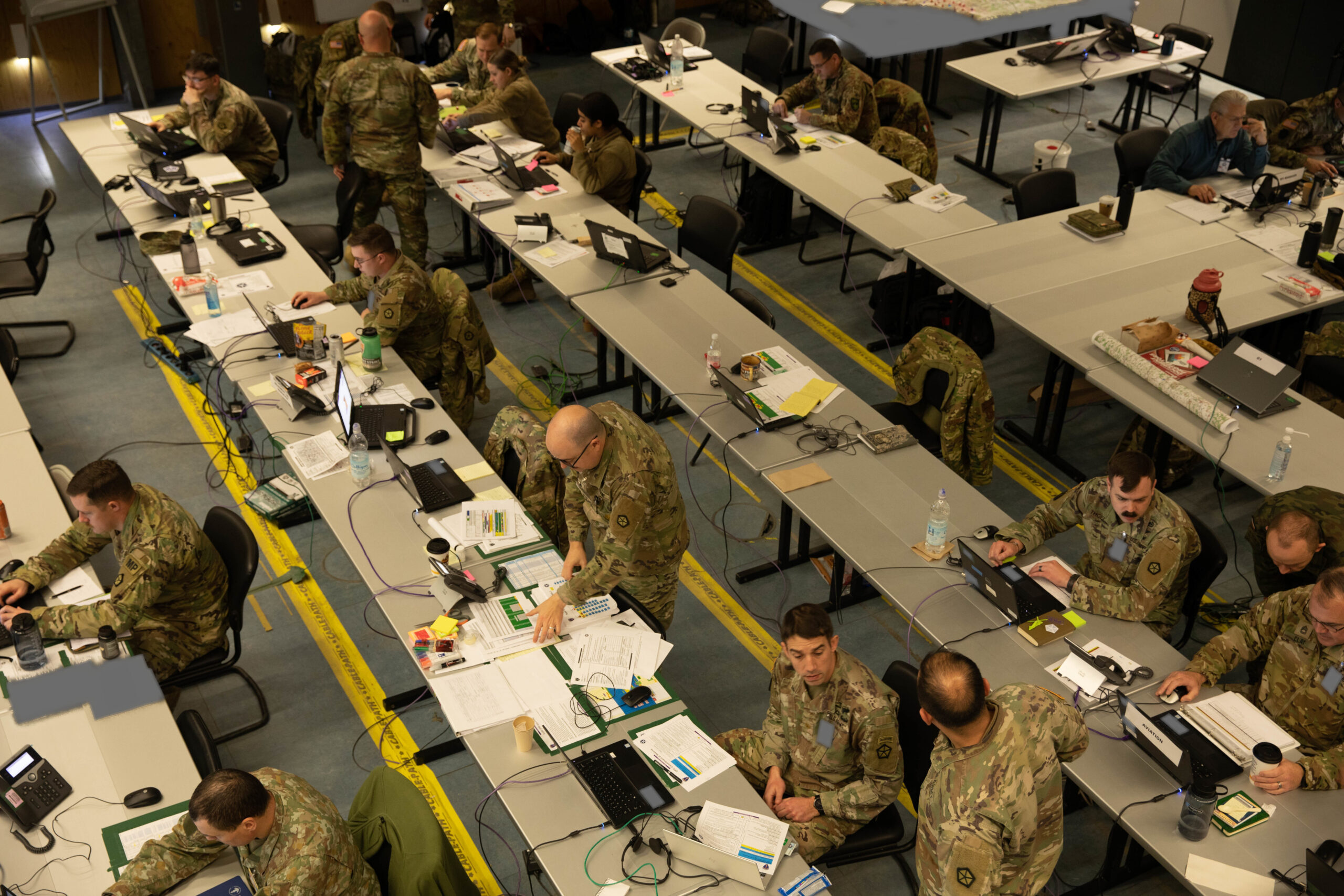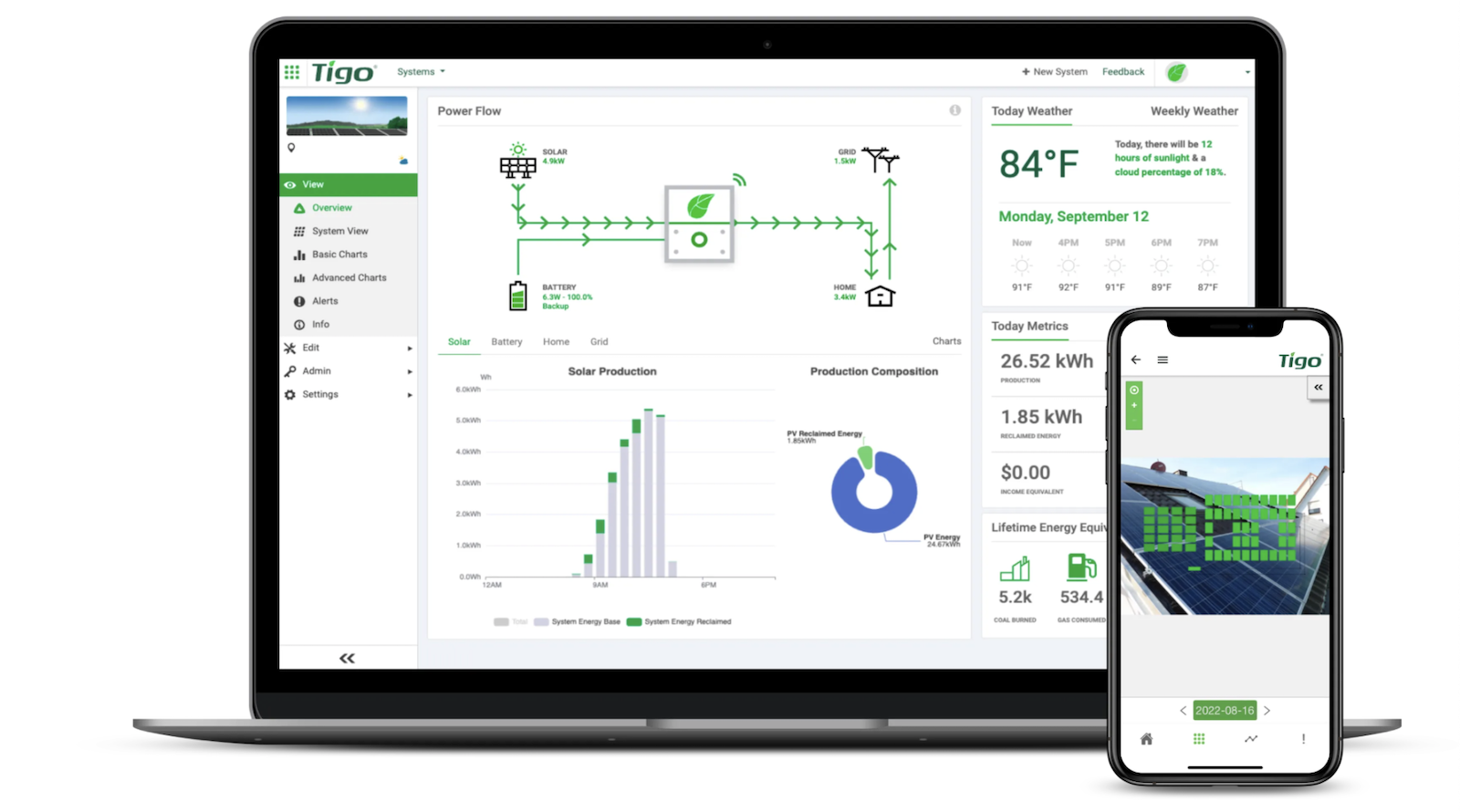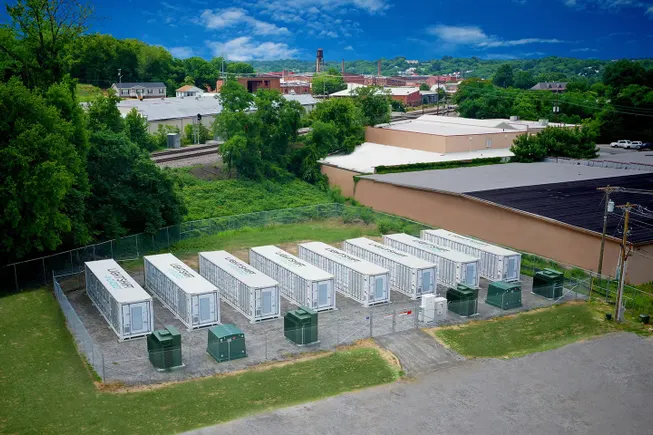Check Call: Big changes coming to e-commerce imports
In this edition: Changes coming for low-value shipments, and Hispanic brands see massive market upswing. The post Check Call: Big changes coming to e-commerce imports appeared first on FreightWaves.


The days of shipping goods from China to the U.S. under the de minimis exemption might be numbered – and if you’re working with small to midsize shippers that rely on that loophole, it’s time to start prepping them.
Currently, the de minimis rule allows low-value imports (under $800) to enter the U.S. duty-free and with minimal customs friction. It’s been a huge win for e-commerce brands, direct-to-consumer sellers and just about anyone bringing in small parcels from overseas – especially China. But changes are looming for goods coming in from China.
Flexport CEO Ryan Petersen recently sounded the alarm on X, warning that new tariffs or a repeal of the de minimis exemption for Chinese goods could “devastate American small businesses.”
Many of those businesses are built on sourcing affordable components or finished goods from China – and shipping them in low quantities to avoid tariffs and customs complexity. Kill that, and margins shrink fast.
The market is already reacting. DHL temporarily suspended business-to-consumer shipments over $800 to the U.S., citing growing uncertainty around how these changes could be enforced or expanded.
In a statement issued to customers, DHL said: “The changes have caused a significant increase in formal entry clearances, which we are handling around the clock. DHL Express is working diligently to scale up clearance capacity and is instituting the shipment pause so it can maintain the high-quality service commitment.”
Meanwhile, the air cargo industry is bracing for a $22 billion hit if the de minimis exemption gets pulled – that’s how much revenue is tied up in these lightweight, high-frequency shipments.
Eric Kulisch writes: “Large Chinese marketplaces were already preparing for more restrictive de minimis rules by building millions of square feet of U.S. warehouses the past couple of years to support a more traditional B2B2C fulfillment model, For example, Temu will consign goods to its U.S. entity, clear them via a formal customs entry, pay duty and truck them to a fulfillment center, where they will be stored, picked, packed and delivered.”
For freight brokers and 3PLs, this is one of those advocate-and-inform-your-customers moments. If your shippers rely on low-value imports, especially from China, they need to start looking into other places to import finished goods from.
That could be tricky depending on the good. JP Hampstead quoted Petersen in a FreightWaves article: “The manufacturers in Vietnam and elsewhere can’t be bothered with small batch production jobs typical of a small business’s supply chain.”
As regulations tighten, the ones who win won’t just be the biggest players – they’ll be the ones with partners who keep them in the know and help them pivot quickly.

TRAC Tuesday. This lane between major markets Memphis, Tennessee, and Chicago has been a strong representation of a typical freight market. At 533 miles, it’s a midhaul length, which isn’t historically the most desirable to carriers. The rate per mile is $2.10, lower than the National Truckload Index of $2.30. The Outbound Tender Rejection Index in Memphis is 7.16% compared to Chicago’s 5.74%. Both markets have relative stability as rejection rates have increased less than 1% in both cities. Capacity, while readily available in Chicago, should also not be a top concern in Memphis. Overall the rate for the lane is stable, and outbound loads in either market shouldn’t race to the top of the priority list unless it’s heading to a less-than-desirable market like South Florida or Maine.

Who’s with whom. As demand for Hispanic foods and beverages continues to spike in the U.S., logistics providers with roots south of the border are seeing big opportunity. Houston-based Source Logistics is the latest to expand northward, recently opening an 80,000-square-foot distribution center in Laredo, Texas — a key gateway for cross-border freight.
Source Logistics already has a footprint in cities like Los Angeles, Chicago and Houston, but the new Laredo facility puts the company closer to the action at the border. Source Logistics says this location will help support growing demand from U.S. retailers and e-commerce brands looking to tap into the booming Hispanic grocery category.
The U.S. Hispanic/Latino population grew to just over 65 million in 2023, an increase of 1.8% from the prior year, according to the U.S. Census Bureau. Not to mention U.S. Hispanic/Latino purchasing power is currently $3.78 trillion, according to a recent report from think tank the Latino Donor Collaborative. That kind of demand isn’t just a blip – it’s a trend to heed.
Noi Mahoney quoted Juan Centeno, Source Logistics’ executive vice president, in a FreightWaves article: “We want to be close to the border, closer to our customers and to our importers. A lot of people are looking for a logistics partner that understands both countries – that understands the culture, the challenges, and the opportunities.”
For brokers, this is one more sign that cross-border freight – especially temperature-sensitive and specialty retail goods – remains hot. If you’re not already thinking about how to support shippers in this space, it might be time to make some phone calls.
The more you know
Forward Air ups Q1 EBITDA forecast
Trump trade war halts ships, strands empty containers
FedEx, UPS alternatives grew market share in 2024: ShipMatrix
Prologis sticks with 2025 outlook, but customers grow more cautious
The post Check Call: Big changes coming to e-commerce imports appeared first on FreightWaves.










































































































































































